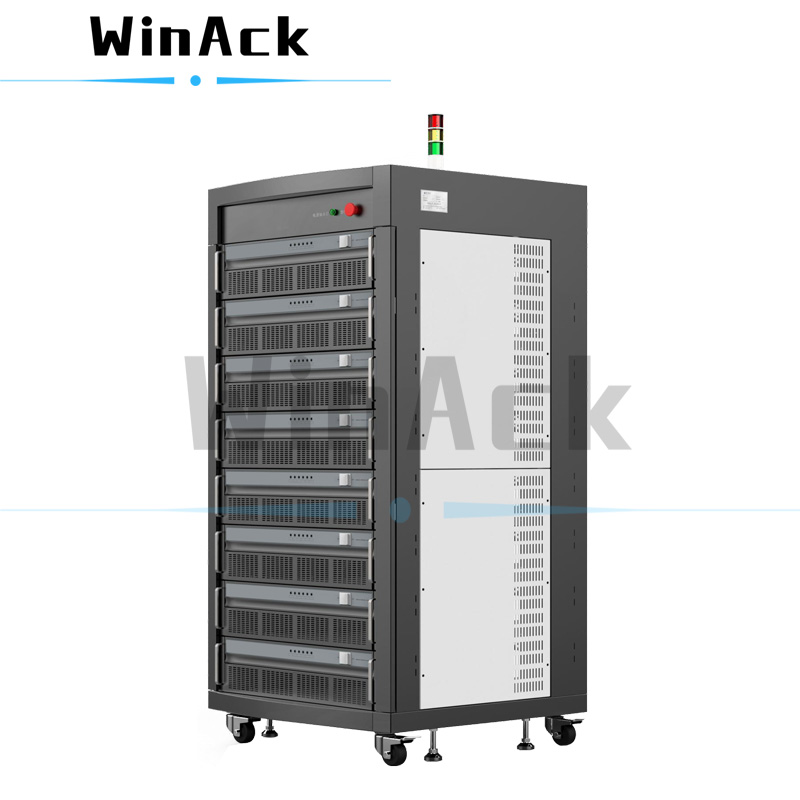In the complex and changeable actual operating conditions of EVs, EV batteries need to face charging conditions at different temperatures and different current rates.
Therefore, it is necessary to analyze the charging performance of battery cells at different temperatures and different current rates. The temperature test is divided into three different temperature conditions: low temperature, normal temperature and high temperature, and the rate test is divided into three different charging rates: low rate, medium rate and high rate.

The following table shows the specific test steps for charging performance test of battery cells at different temperatures and different current rates. The battery test equipment required to do these tests is a battery cell cycler and a battery climate chamber.
|
NO. |
Test steps |
Remarks |
|
01 |
Step 1: Place the cells in a constant temperature climate chamber at 25°C for 6 hours. |
Make sure that the cell temperature is the same as the ambient temperature. |
|
02 |
Step 2: Discharge the cells with a constant current of 1C rate to the termination voltage and let it stand for 2 hours. |
- |
|
03 |
Step 3: Place the cells in a constant temperature climate chamber at -20°C for 12 hours. |
|
|
04 |
Step 4: Charge the cells with a constant current of 0.33C to the cut-off voltage, and then charge it with a constant voltage until the current drops to a rate of 0.05C, and then let it stand for 2 hours. |
- |
|
05 |
Step 5: Repeat steps 1 to 4 three times, the charging current rate in step 4 is changed to 1C, 2C and XC respectively. |
The XC is the maximum charging rate of the battery cell specified by the battery cell manufacturer. |
|
06 |
Step 6: Repeat steps 1 to 5 three times, where the temperature of step 3 is modified to 0 °C, 25 °C, and 55 °C, respectively. |
The three temperature points represent low temperature, normal temperature and high temperature respectively, which can be adjusted according to the working conditions. |
In a low temperature environment, due to the relatively low internal temperature of the cells, the internal impedance of the cells is relatively large, and the initial voltage is relatively high, but as the charging progresses, the voltage will first decrease, and then continue to increase.
In general, as the ambient temperature increases and the charging current rate decreases, the charging capacity of the battery cells gradually increases.
In addition, in addition to the rechargeable capacity and service life, it is necessary to focus on the temperature rise and heat generation characteristics of battery cells during high current and high rate charging. In this way, the heat dissipation function of the battery system during charging can be designed more reasonably, and the battery system can be prevented from premature aging and safety accidents.
WinAck Group can provide complete battery cell testing solutions. Come by, contact us for a solution that can help you succeed. For better batteries, Win & Ack!